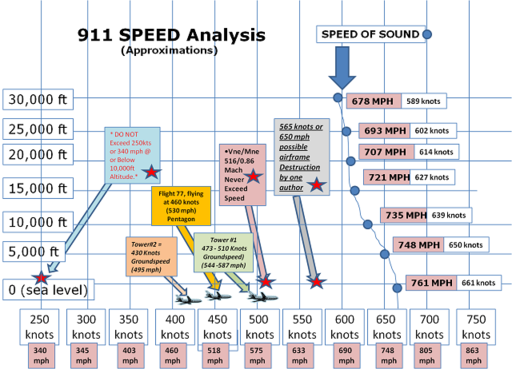F4Jock
Senior Member.
Taking that poll on Godlike is about as meaningful as taking a poll of folks with dogs entered in Westminster about the number of dogs they own, or asking a group of folks at the Republican convention who they intend to vote for.
It is a waste of electrons.
The problem with trying to use a poll, ANY poll ANYWHERE to "prove" things like this is that it will never come out 100% in any one direction. If you look back in this thread you'll find that the preponderance of those with actual, retail flying experience, even a few 6 7 bus drivers, say it is highly probable that the hijackers could have done what they did. This, however, has not served to convince the main contra-factual theorist(s) holding opposite opinions. It never will. Thus, as you said, it's a waste of electrons.
I've done a bit of research re talking to conspiracy theorists. Essentially we can key until our fingers fall off, cite experience and facts until the cows come home and those holding what can be characterized as "fringe" opinions (Sorry George) cannot and will not ever be convinced that they are wrong on ANY given subject. Note as well that when asked direct questions or asked to provide facts to support their positions and disprove the "accepted" explanations for various acts they divert by restating their positions, stating that all they want are "facts" (Conveniently ignoring all of those presented to date possibly because there may have been one dissenting opinion.) flat out ignore questions asked of them and / or answer our questions with questions.
When I worked in the Far East I found that in engineering meetings with various nationals, when a question was asked and the answer given was not what they wanted to hear they tended to ignore the answer and explanations and ask the question over and over, sometimes in other contexts, until they either got the answer they wanted or the meeting ended.
Does this sound at all familiar?
Keep 'em level!
F4Jock



